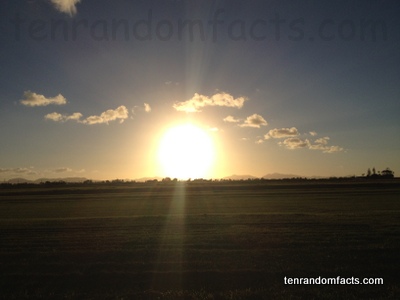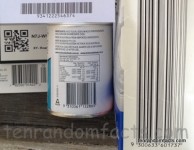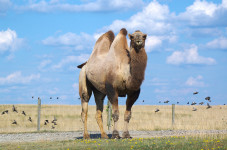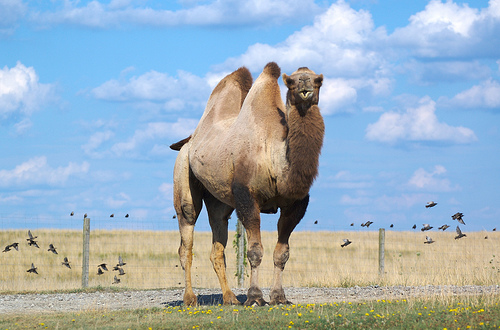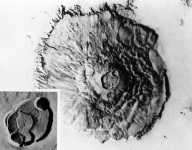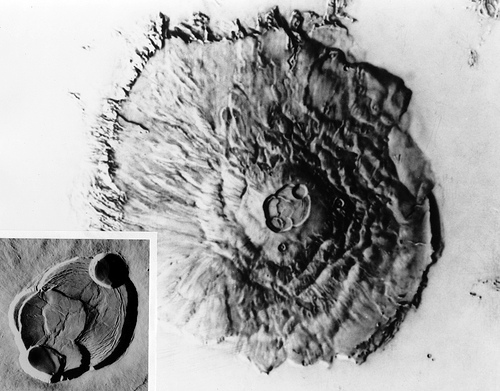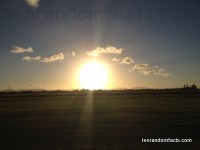
Life without the Sun is one thing that you should not try to imagine…
- The Sun is a star in the Solar System and Milky Way galaxy, that acts as Earth’s orbit point and provides Earth the ability to sustain life.
- The Sun is made of plasma heated at extreme temperatures and primarily contains the elements hydrogen and helium, said to represent almost 73.5% and 25% of the star respectively; and the remaining elements include carbon, iron, oxygen, neon and others.
- The Sun is almost 1.4 million kilometres (870,000 miles) in diameter, or 109 times the radius of Earth; and the star can burn spots onto a human’s retina if viewed directly for more than 100 seconds.
- White light is produced by the Sun, and therefore is its colour, although the star is often depicted or perceived as a yellow, orange or red colour; and the light emitted from it takes almost eight and a half minutes to reach Earth.
- Three main components form the Sun – the ‘core’, the ‘radiative zone’ and the outer section known as the ‘convection zone’; and the star also features an atmosphere that is often visible during solar eclipses.
- Temperatures throughout the Sun can vary from around 5,500 degrees Celsius (9,980 degrees Fahrenheit) to almost 15.7 million degrees Celsius (28.26 million degrees Fahrenheit); and the core is the hottest while the outer surface is the coolest.
- Large bursts of solar particles, named solar winds and solar flares, can emanate from the Sun, and if they reach Earth, they are blocked by its magnetic field, although they can cause power outages, and disturb radio and communication equipment.
- Many ancient civilisations, including Egyptians, Greeks, Aztecs and Incas, depicted the Sun as a supernatural god, and essential to their religion.
- Among the first people to suggest the Sun was not a deity, but rather a scientific phenomena, was the Greek Anaxagoras, a philosopher from the 5th century BC, who was nearly executed for heresy against the Greek religion.
- The first space probe to be used for examinations of the Sun was the Pioneer 6, and it was launched by NASA in late 1965.
Bibliography:
Sun, 2015, National Geographic, http://science.nationalgeographic.com.au/science/space/solar-system/sun-article/
The Sun, 2015, Nine Planets, http://nineplanets.org/sol.html
Sun, 2015, Wikipedia, http://en.wikipedia.org/wiki/Sun






